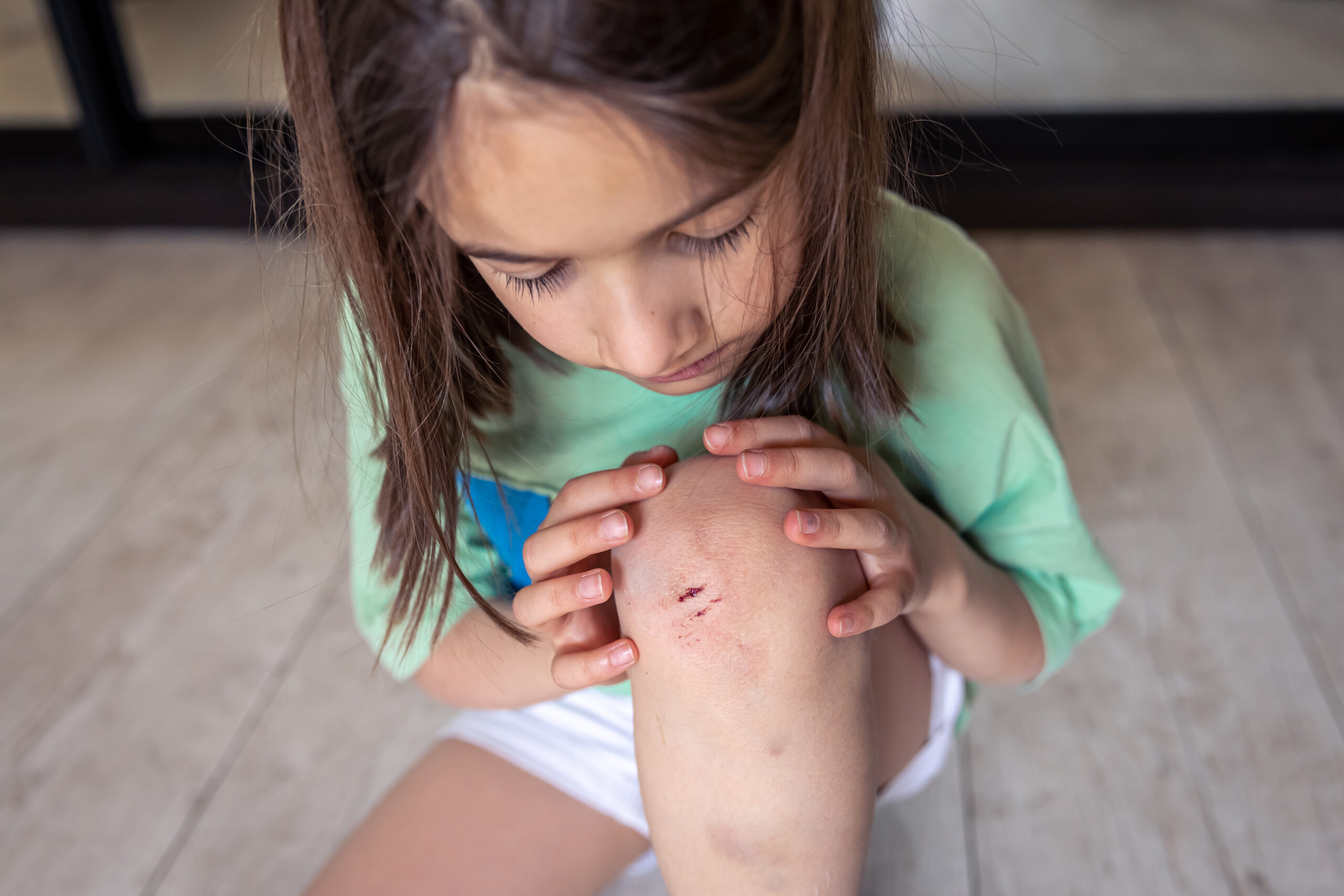How to Reduce Biting Behavior in Children with Autism
Every child is unique, and this is especially true for children with autism. While they may engage in a diversity of behaviors, some children with autism may exhibit challenging behaviors like biting. Biting behavior in children with autism can manifest in different ways and for various reasons, such as communication, sensory seeking, self-regulation, or responses to triggers. As parents, caregivers, or educators, it’s crucial to understand the underlying reasons for this behavior before implementing any intervention.
Understanding Biting Behavior in Children with Autism
Biting behavior in children with autism can be directed towards themselves, others, or objects. It’s essential to recognize that not all children with autism exhibit this behavior, but for those who do, it can present significant challenges for parents and caregivers. The reasons behind biting behavior can differ from one child to another:
- Communication: Non-verbal children with autism might resort to biting as a way of expressing frustration, discomfort, or the need for attention when they cannot communicate effectively through words.
- Sensory Seeking: Some children with autism bite because they seek sensory input. The act of biting provides a certain sensation that they find comforting or satisfying.
- Response to Stress: Biting may occur as a response to overwhelming situations, changes in routine, or when the child is experiencing high levels of anxiety or stress.
- Self-Stimulatory Behavior: Biting can also be a self-stimulatory behavior that helps the child cope with emotions or sensory overload.
Managing Biting Behavior: Evidence-Based Strategies
When dealing with biting behavior in children with autism, it’s essential to approach the situation with patience, understanding, and evidence-based strategies. Here are some scientifically-supported strategies that could help with biting behavior:
- Functional Communication: Teach the child alternative, appropriate ways to communicate their needs and feelings. This may include using pictures, gestures, sign language, or augmentative and alternative communication (AAC) devices. For example, if the child wants adult attention, they can use a picture of a hug or play and hand it to the adult.
- Positive Reinforcement: Implement a system of positive reinforcement to encourage and reward appropriate behaviors. Praise and reward the child when they communicate effectively, share toys, or interact positively with others. For instance, if the child verbally says, “my turn” and does not engage in biting, reinforce the functional communication and reward the child with a turn with the toy or the activity.
- Visual Supports: Use visual supports like schedules, social stories, or visual cues to help the child understand expectations and upcoming events, reducing anxiety and stress. By creating a daily schedule together with the child, you can help them feel more secure and reduce anxiety.
- Sensory Regulation: Provide the child with alternative sensory outlets that are more appropriate and safe. This could include offering sensory toys, fidgets, or tactile materials. Pay attention to the textures that the child likes to bite on and offer the child some chews that could satisfy their need for biting.
- Teaching Coping Strategies: Teach the child coping strategies for dealing with frustration and stress, such as deep breathing exercises, taking breaks, or requesting alone time.
- Physical Barriers: If the child is primarily biting others, implement physical barriers or body positioning to reduce the chances of biting incidents.
Remember that each child with autism is unique, and what works for one may not work for another. It’s essential to tailor the strategies to meet the individual needs and characteristics of the child. Seeking professional guidance from experts in autism and behavior management can also be beneficial in effectively managing biting behavior in children with autism. With patience, understanding, and the right strategies, it is possible to reduce and address biting behavior in children with autism, helping them to better communicate their needs and feelings in more appropriate ways.
Also read: How to Manage Spitting Behavior in Children with Autism
About Olga Sirbu
My name is Olga Sirbu, I am a Board Certified Behavior Analyst (BCBA) and Licensed Applied Behavioral Analyst. My goal is to support and empower families and individuals on the autism spectrum.
Autism Advance is dedicated to training parents and caregivers, providing practical tips, and teaching individuals how to educate kids with autism.
I share evidence-based practices to help you better understand and support individuals with autism. Learn practical strategies to help individuals with autism reach their full potential, as well as gain a deeper understanding and acceptance of autism.
Thank you for considering Autism Advance as a resource for your autism journey.








